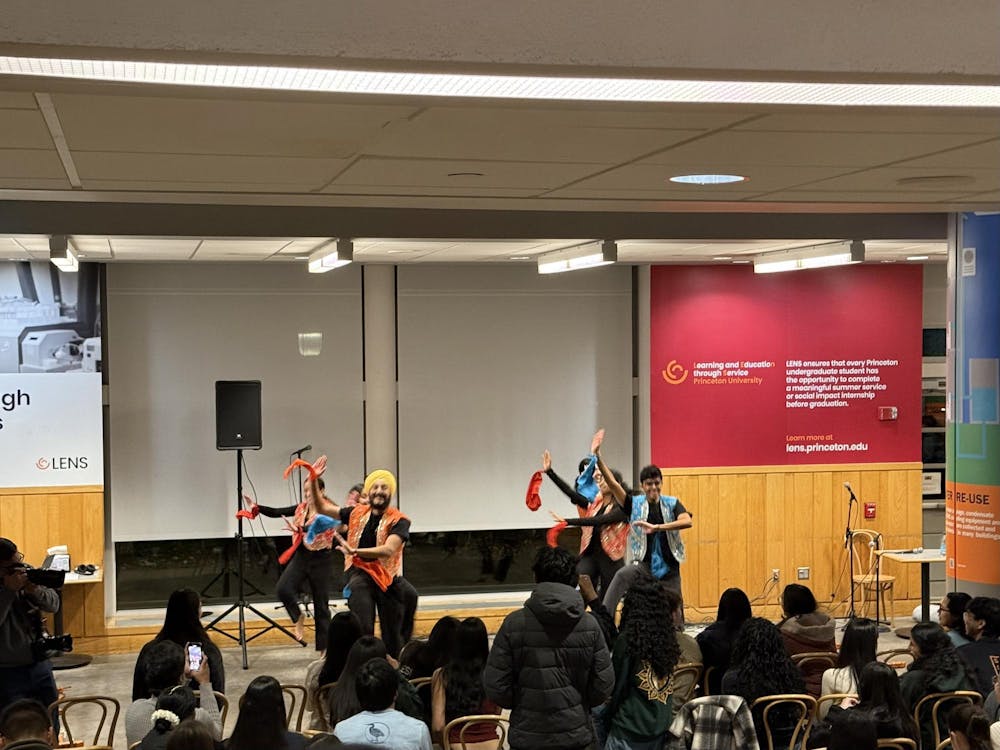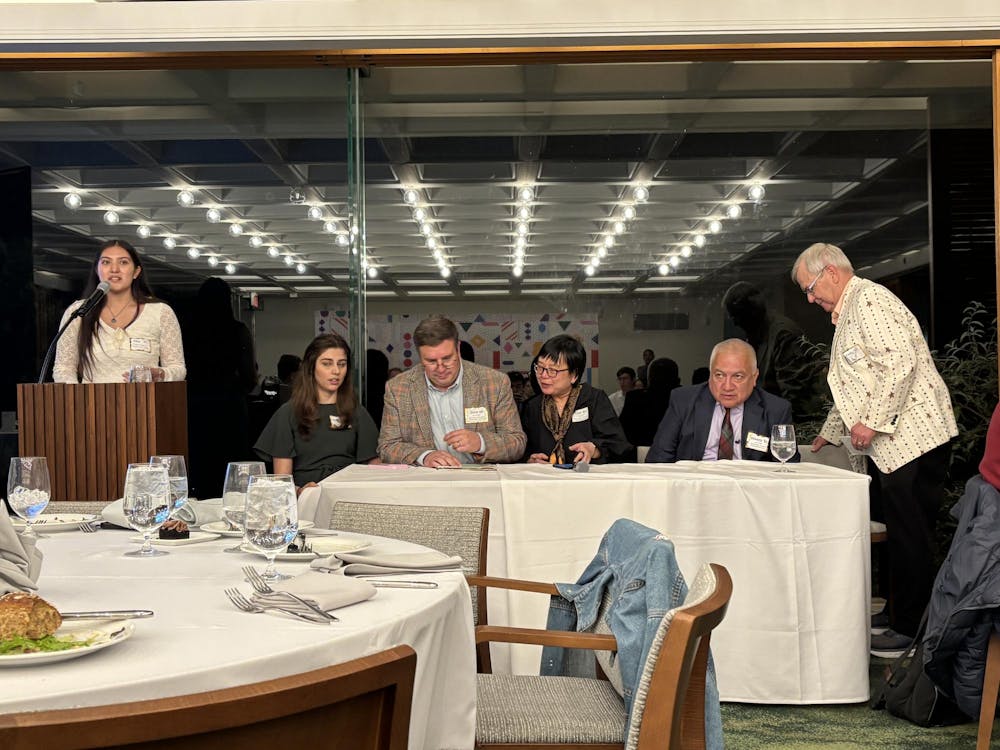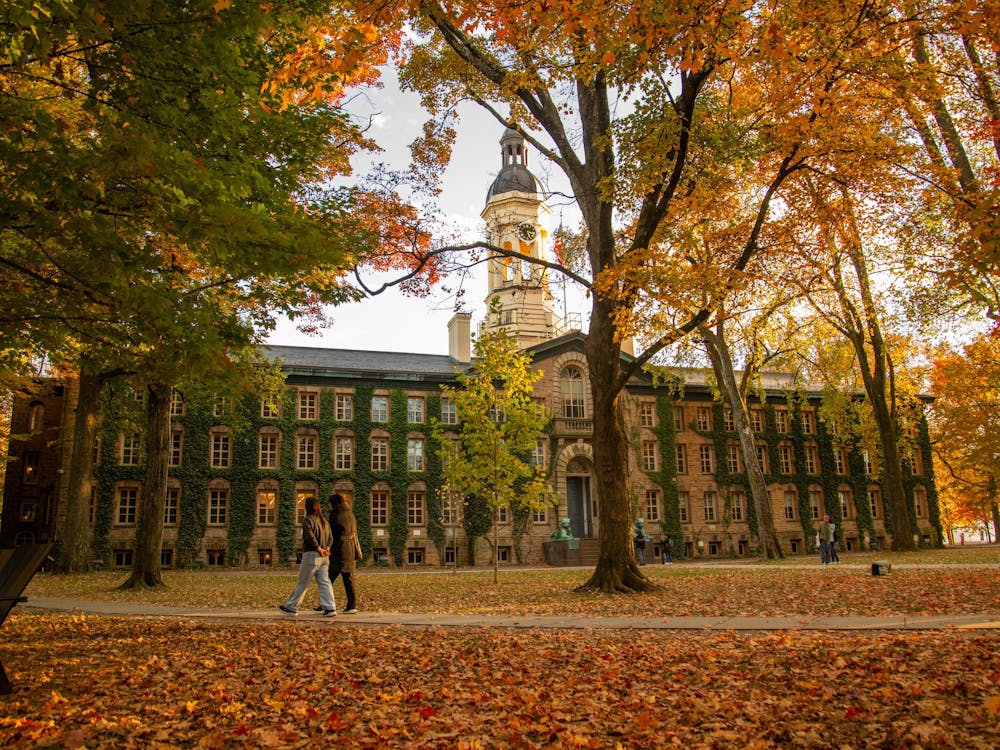Political contributions from University faculty, staff and trustees, including individual contributions to political action committees and candidates, made up 1.47 percent of the total political contributions in the state of New Jersey in 2014.
The trustees, faculty and staff together made 237 contributionsover the course of the year, leading to contributionsof $608,505, according to a search of a Federal Election Commission public database. The average size of contributionsfrom University-affiliated individuals was $2,567.
Sixty-two faculty and staff members contributeda total of $88,625 over 171 donations, for an average faculty and staff contribution of $518. Of the 37 current trustees, 16 contributed a total of $519,880 through 66 donations, with an average contribution of nearly $7,900.
Since the FEC only displays contributions equal to or above $200, this number may not account for all of the contributions made during the year.
The Princeton Plasma Physics Laboratory had the highest total contribution, with a total contributionof $11,300. Nine out of the 62 staff and faculty who contributed in 2014 belonged to the physics department. This was the largest number of contributors of all departments.
“I would only speculate that the role of government in funding the activities of those units is particularly clear and perhaps also uncertain, and that might be at least one reason that could explain those larger contributions,” politics professor Martin Gilens said.
PPPL employees contributed $9,300 to Democrats and $2,000 to Republicans. The PPPL was closely followed by the Wilson School, with a total contributionof $10,875 solely for Democrats.
Twenty-eight departments of the University chose to contribute, of which 24 contributedonly to Democrats.
Politics department employees split their $2,500 total into $1,750 for Democratic candidates or groups, and $750 for Republicans. Ed Zschau ’61, the sole contributor from the Keller Center, contributed $7,800 to Republicans. Princeton Environmental Institute employees recorded a sole contribution of $250 to the non-partisan Mayday PAC.
Zschau did not respond to a request for comment.
The percentage of contributions to Democrats from the state of New Jersey was 59 percent — the ninth highest in the nation, according to the Center for Responsive Politics. Almost 39 percent of the contributions were to Republicans, the 42ndhighest in the nation.
The University follows these trends of leaning on the Democratic side. Sixty-two percent, or $379,825, of the contributions were made to Democrats, while 36 percent, or $216,830, to Republicans. The remaining two percent, or $11,850, were made to independent organizations.

Tom Byrne ’76, former chairman of the New Jersey Democratic Party, said these results were not surprising as Democrats tend to be progressive and envision more of a role for government in bringing about positive change in society, which is in line with the interests of many academics.
“A lot of people in academia or associated with academia see the Democrats as a party that is progressive on things like education, and the environment and issues of personal freedom," Byrne said. "So there’s a natural alignment of interests there."
Staff and faculty leaned more toward Democrats than trustees did, with 88 percent of contributions from faculty and staff going to Democrats while 58 percent of those from trustees went to Democrats.
Gilens said University faculty, including politics professors, subscribe to diverse political views.
“I would like to think that there is a variety of political outlooks that are conveyed in the materials that faculty use in their courses [in the Department of Politics],” Gilens said. “Having said that, it would be surprising if the political leanings of anybody didn’t have some influence on the kinds of topics that they research and the kinds of issues that they find to be of interest and importance.”
The largest contribution from the group of University staff and faculty came from Andrew Golden, president of the Princeton University Investment Company. His four contributionstotaled $8,800 and were all to Democratic candidates.
Golden declined to comment.
Twenty-three percent of all Democratic contributions, totaling $88,150, were made directly to candidates while organizations like the Democratic Congressional Campaign Committee, DNC Services Corporation, ActBlue and EMILY’s List received the remaining $291,675.
Thirteen percent of all Republican contributions, totaling $27,130, were made directly to candidates, while the remaining $189,700 was distributed among organizations like the Massachusetts Victory Committee, National Republican Senatorial Committee and the Republican National Committee.
Byrne said that more contributions were given to organizations rather than individual candidates, probably because of the stricter limits on contribution size to individuals.
“It’s also true that organizations can help elect a lot of people who might share your general interests, and so donating to organizations can be a way of helping a lot of candidates that you care about rather than just one,” he said.
Byrne added that all members of the community, including members of institutions like universities, should contribute to the election process.
“It’s important for as many people as possible to be involved in the political process and to inform themselves and to take it seriously, because elections really do have consequences for what kind of a nation we are,” he said.
Gilens said that politicians pay attention to the sources and employers that individual contributions come from, because they convey the degree of interest and assistance people in different industries, corporations and institutions are willing to provide.
“Analysts have shown very clear patterns when particular kinds of legislation, for example, are being considered: that contributions from people in the affected industries tend to increase,” he explained.
The organization that received the largest contribution was the Democratic Senatorial Campaign Committee, receiving a total contributionof $57,800.
The candidate who received the largest contribution was Democrat Bill Foster, representing Illinois’ 11th District. Foster received 27 contributions, or 11 percent of the number of contributions from University-affiliated individuals, totaling $14,950.
The most active months for contributions were September and October, when 48 and 37 of the total 237 donations were made, respectively.
Byrne said this trend was natural because campaigns heat up in the fall, which is also when people really start reading about them and a lot of the fundraising events occur.
“On the other hand, politicians would like to get the money earlier so that they can plan their campaigns more carefully and have the money in the bank that they know they’ll need,” Byrne said.







